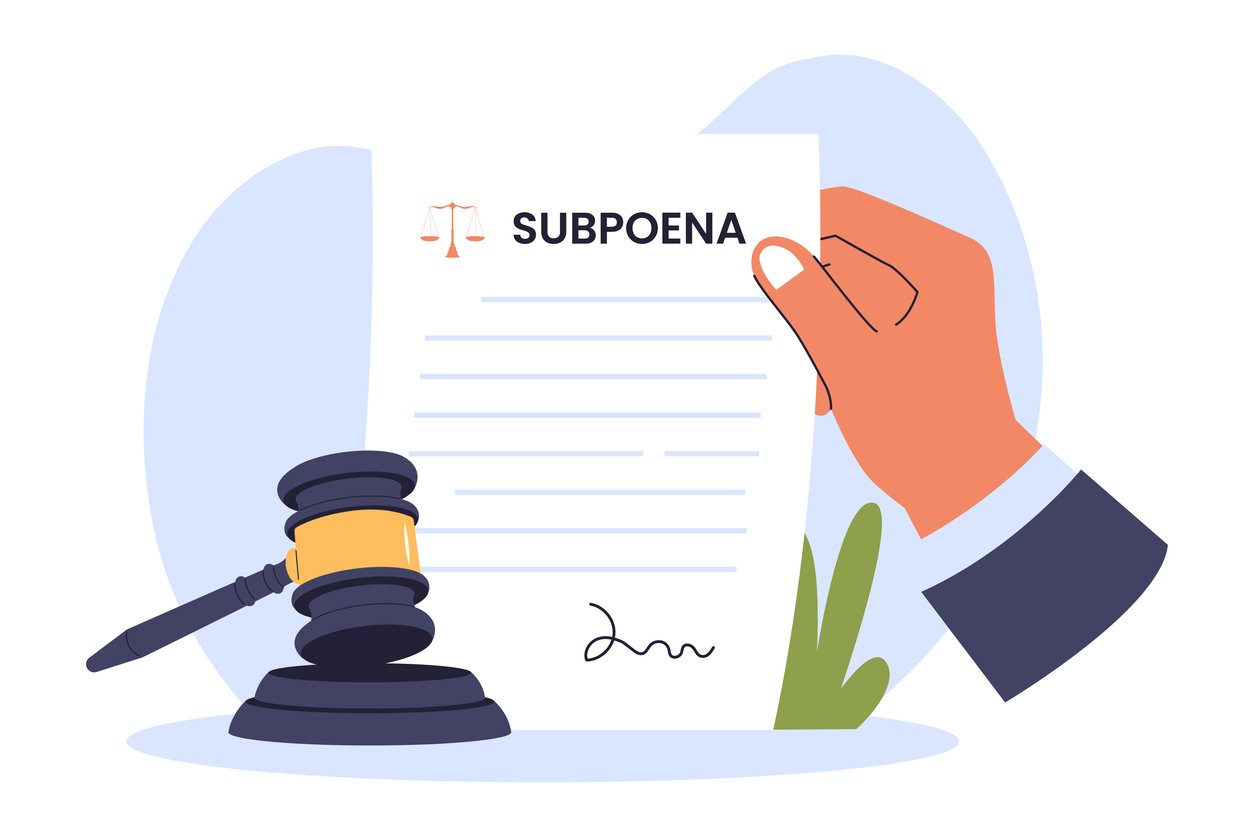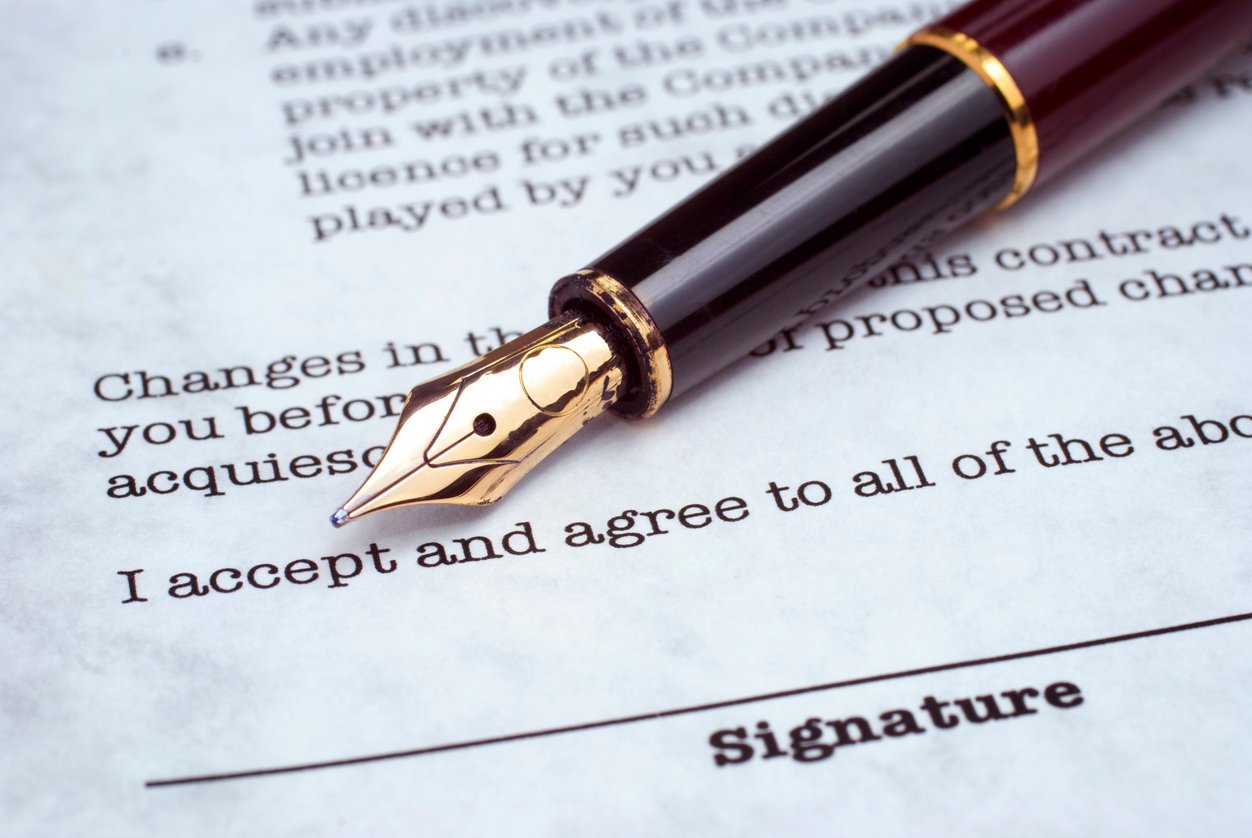The inclusion of an Material Adverse Effect (MAE) clause in contracts is not just a legal formality but a strategic decision that can alter the course of a deal. By providing a mechanism for parties to address unforeseen and potentially deal-breaking changes, MAE clauses offer a layer of security that can be critical in today’s fast-paced business environment.
In this article, we’ll explore the various aspects of MAE and their importance for those involved in high-stakes corporate negotiations.

What is a Material Adverse Effect Clause?
A Material Adverse Effect, often referred to as an MAE, serves as a protective clause within contracts, particularly those involving mergers and acquisitions. The term broadly refers to any event, change, or development that significantly reduces the value of a company or its ability to fulfill contractual obligations. While the precise definition can vary depending on the context and the specific wording of the contract, it generally encompasses events that could materially impact the financial health or operational viability of a business. The flexibility in defining an MAE allows parties to tailor the clause to reflect the specific concerns and risks associated with a particular transaction.
Legal Context of MAE
The concept of an MAE is crucial in risk assessment and due diligence processes. It allows parties, particularly buyers, to assess potential risks and protect themselves against unforeseen negative changes. During the negotiation phase, parties must carefully define what constitutes a Material Adverse Effect to ensure clarity and avoid future disputes. This process often involves extensive discussions and negotiations, as each party seeks to balance their interests and risk exposure. Because no two transactions carry the same risks, MAE definitions are purposely flexible. Parties tailor them to the industry, market conditions, and unique vulnerabilities of the target company, making careful drafting essential.
This clause is particularly valuable in sectors with high volatility, such as technology or pharmaceuticals, where unexpected changes can materially impact business operations. In these industries, rapid advancements or regulatory shifts can alter the business landscape overnight, making the inclusion of a well-defined MAE clause even more critical.
Significance in Contracts
The Role of Material Adverse Effect Clauses in Contracts
MAE clauses in contracts serve as a condition precedent in many agreements. These clauses permit a party, usually the buyer, to withdraw from a deal if an MAE occurs before the transaction closes. This provides a safety net against unforeseen circumstances that could materially affect the value or performance of the target company. By clearly outlining the conditions under which an MAE can be invoked, these clauses help manage expectations and reduce the risk of protracted legal disputes.
Furthermore, the presence of an MAE clause can influence the overall negotiation dynamics, as parties may use it to address specific concerns or as leverage in discussions. It can also impact the pricing and terms of the deal, as buyers may demand concessions or adjustments based on the perceived risk of an MAE occurring.
Common Triggers
Although customized for each deal, common MAE triggers often include:
- Significant negative swings in financial performance
- Regulatory or legal developments
- Loss of major customers or key management
- Supply chain failures or catastrophic events
- Compliance failures or unexpected litigation
The triggers for an MAE can be diverse and complex. However, parties often negotiate specific inclusions and exclusions within the MAE clause to tailor it to the transaction’s unique risks. By explicitly addressing potential triggers, parties can better manage their expectations and reduce the likelihood of disputes arising from differing interpretations of what constitutes an MAE.
For example, a buyer might insist on including a clause that a significant drop in revenue constitutes an MAE, while the seller might negotiate exclusions for industry-wide economic downturns. Such negotiations are critical in ensuring that the MAE clause accurately reflects the unique challenges and risks associated with a particular transaction.
Disproportionate-Impact Provisions
When negotiating MAE clauses, one of the most consequential components is the disproportionate-impact qualifier. While sellers often push for broad carve-outs—such as market downturns, regulatory changes, geopolitical disruptions, or industry-wide crises—buyers typically insist on an important limitation:
Even if an event is excluded from triggering an MAE, the exclusion should not apply if that event disproportionately affects the target company relative to its industry peers.
This qualifier serves several critical purposes.
- It prevents sellers from hiding behind general market conditions
- It shifts risk back to the party best positioned to manage it
- It introduces an objective comparative standard
- It addresses hidden operational risks
- It offers buyers a more balanced risk allocation
In practice, the parties often negotiate:
- What constitutes a “similarly situated” company
- How much greater the impact must be to qualify as disproportionate
- Whether the comparison is measured across financial metrics, operational capability, customer loss, regulatory exposure, or all of the above
- Whether temporary spikes in volatility qualify, or only sustained trends
Altogether, disproportionate-impact provisions are a critical balancing tool. They preserve the purpose of carve-outs—protecting sellers from uncontrollable macro events—while ensuring buyers remain protected from company-specific problems that only reveal themselves when the external environment shifts.
Drafting Material Adverse Effect Clauses
Crafting Precise Definitions
The effectiveness of an MAE clause hinges on its precise definition. Ambiguities in drafting can lead to contentious litigation. Therefore, it is imperative that parties engage experienced legal professionals to articulate the circumstances that would trigger an MAE. Legal counsel plays a crucial role in ensuring that the language used in the clause is clear, concise, and reflective of the parties’ intentions.
Effective definitions often involve:
- Clearly defining what qualifies as “material”
- Specifying which financial, operational, legal, or compliance areas are relevant
- Establishing thresholds or numerical benchmarks
- Addressing known risks or pre-existing issues
The more precisely the clause is defined, the lower the likelihood of ambiguity—or judicial intervention.
Addressing Materially Impacted Areas
An MAE clause should explicitly address areas that could be materially impacted, such as financial metrics, business operations, or legal compliance. By doing so, it provides a comprehensive framework for assessing whether an adverse effect has occurred. This specificity is crucial in avoiding disputes and ensuring that both parties have a clear understanding of their obligations.
Parties often reference specific categories, such as:
- EBITDA or earnings targets
- Key customer relationships
- Supply chain functions
- Licensing or regulatory compliance
Where appropriate, parties may also incorporate quantitative metrics—for example, revenue declines exceeding a stated percentage—making enforcement clearer and less subjective.
Other Key Considerations
Parties should also consider whether the MAE definition will address:
- Events known at signing (e.g., existing litigation or known risks)
- Departure of key executives or employees
- Specific financial outcomes that automatically trigger an MAE
- Industry-specific risks unique to the target’s business model
These elements help tailor the MAE clause to the realities of the deal.
Enforcement and Litigation Standards
Court Interpretation and Burden of Proof
Courts interpret MAE clauses narrowly, often requiring substantial evidence that a negative event has:
- Significantly affected the business, and
- Will likely persist over a meaningful period of time
Short-term volatility is usually insufficient. Buyers bear the burden of proving both the severity and the duration of the adverse effect.
Strategies for Successful Enforcement
To strengthen an MAE claim, parties should:
- Maintain detailed financial and compliance records
- Retain expert analyses supporting the material impact
- Document operational disruptions
- Perform robust pre-signing due diligence
- Incorporate clear, measurable standards into the MAE clause at the outset
Thorough documentation and quantitative triggers can make the difference between a successful invocation and an expensive legal dispute.
Real-World Implications
The invocation of an MAE clause can have profound implications on business transactions. For buyers, it offers a mechanism to renegotiate terms or exit a deal without penalties. For sellers, it underscores the importance of transparency and effective risk management to prevent triggering the clause. The potential for an MAE clause to alter the course of a transaction highlights its significance as a tool for managing uncertainty in complex business environments.
Case Studies
Akorn, Inc. v. Fresenius Kabi AG
In the case of Akorn, Inc. v. Fresenius Kabi AG, the Delaware Court of Chancery upheld the buyer’s right to terminate the merger agreement based on an MAE, marking a significant precedent in the enforcement of such clauses. The court found that Akorn’s significant downturn in business performance, coupled with regulatory compliance issues, constituted a material adverse effect.
IBP, Inc. v. Tyson Foods, Inc.
Another notable case involved the merger between IBP, Inc. and Tyson Foods, Inc., where Tyson attempted to invoke the MAE clause due to IBP’s financial troubles. The court ultimately ruled against Tyson, highlighting the high burden of proof required to demonstrate an MAE.
These cases illustrate the complexities and challenges associated with invoking MAE clauses, emphasizing the need for thorough preparation and a clear understanding of the legal standards involved.
Conclusion
Material Adverse Effect clauses are a cornerstone of modern M&A risk management. When thoughtfully drafted, they provide clarity, stability, and protection in high-stakes transactions. As markets evolve and transactions grow more complex, understanding the mechanics and implications of MAE clauses is essential. With careful negotiation, robust due diligence, and precise drafting, MAE provisions become a powerful tool for navigating uncertainty and preserving deal integrity.
Working with an experienced California business attorney is essential when negotiating MAE provisions. Skilled counsel can help you understand the risks, tailor the clause to your specific transaction, and ensure the agreement is drafted with the precision needed to withstand scrutiny and avoid future disputes.



